Physiology and fitness consequences of life-history phenotypes in insects
David W. Borst, Steven A. Juliano, Douglas W. Whitman, Olcay Akman, PIs Jason Jannot, Post doctoral researcher
Abstract
The phenotypes of organisms (i,e., their morphological, physiological, and behavioral traits) vary enormously. A central goal of biology is to understand how these different traits are produced (i.e., what physiological mechanisms produce them) and why these traits exist (i.e., what is their adaptive significance or why did they evolve). Because physiological mechanisms translate environmental and genetic effects into traits, these mechanisms may place limits on the traits that can be expressed. Thus, the relationship between the mechanisms that produce phenotypic traits and the adaptive significance of these traits are complex. Two important traits of any species are its adult body size and the time required to reach adulthood. Both traits have enormous functional significance for an organism, and strongly affect their survival and reproduction. In this CRUI program, we will study these two traits in several neighboring Florida populations of lubber grasshoppers (Romalea microptera). In previous studies, we found that the average sizes of females in separate populations consistently differ by as much as 2-fold. We will use laboratory studies to determine how an individual’s adult body size is determined by the rearing environment (i.e., phenotypic plasticity, or more simplistically “nurture”), and by inherent differences among individuals (i.e., genetic differentiation, or more simplistically “nature”). We also determine how these differences affect the time to become an adult. We will use field studies to determine the effects of these traits on survival and reproductive success of individuals to the local environment. An understanding of how these traits are produced and why they are adaptive requires a cross-
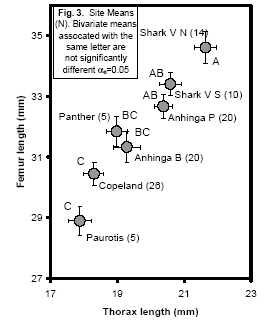
disciplinary approach from the fields of evolutionary biology, ecology, physiology, and biochemistry. These fields will be integrated using novel mathematical modeling methods (e.g., Artificial Neural Networks, Life Table Models). These methods will be used to develop predictive models for the effects of environmental and genetic factors on adult body size and the time to adulthood and will enable us to evaluate the adaptive significance of these traits in the field. Thus, this cross-disciplinary program will merge math, biochemistry, physiology, and ecology to address issues of considerable biological importance. The undergraduate CRUI participants will discover the power that such collaborative projects bring to the investigation of complex biological processes.


Four PIs (left to right)
Olcay Akman (Mathematics)
David Borst (Biology and Chemistry)
Steve Juliano (Biology)
Doug Whitman (Biology & Chemistry)
June 2005: Group Trip to the Everglades
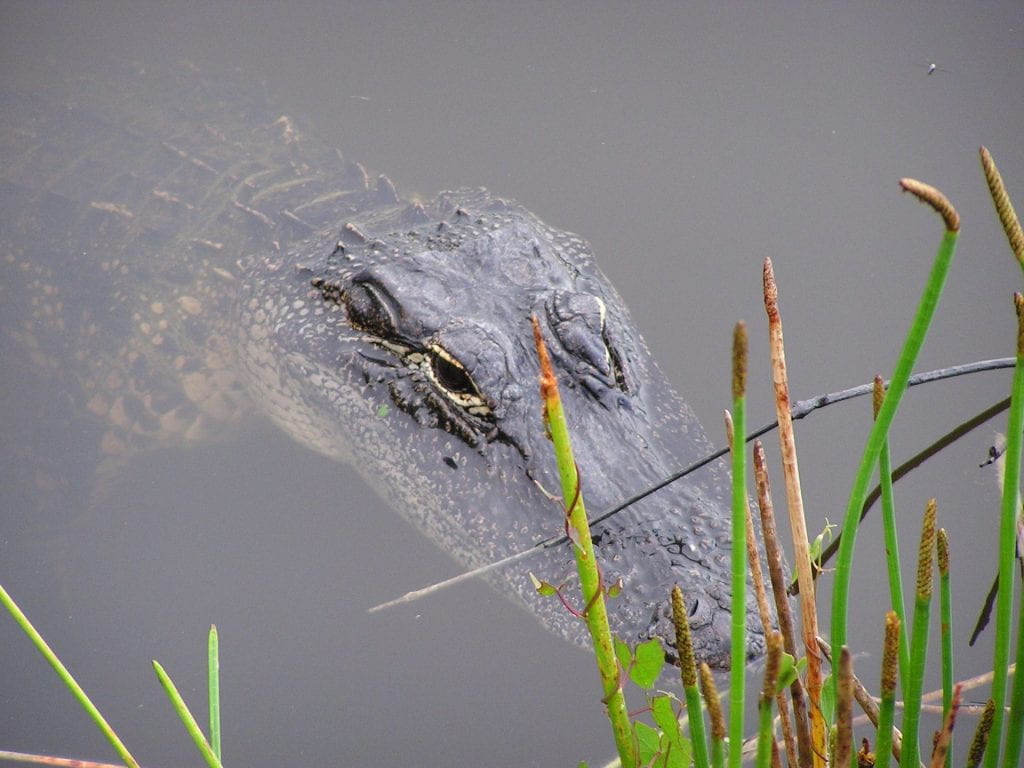

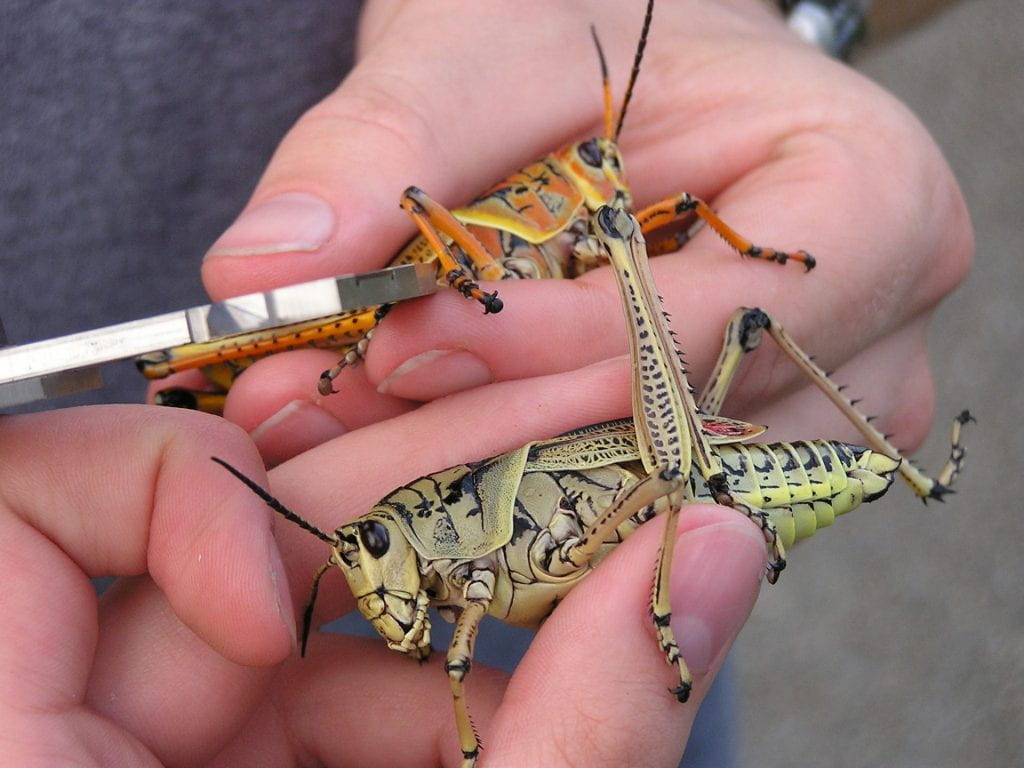
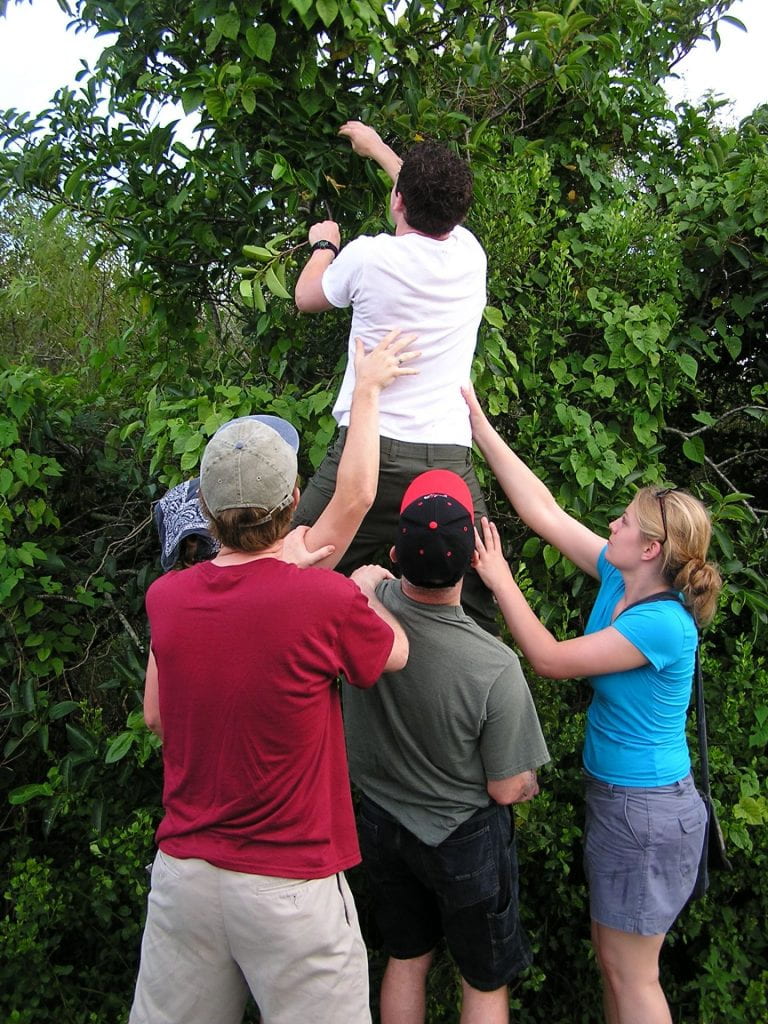

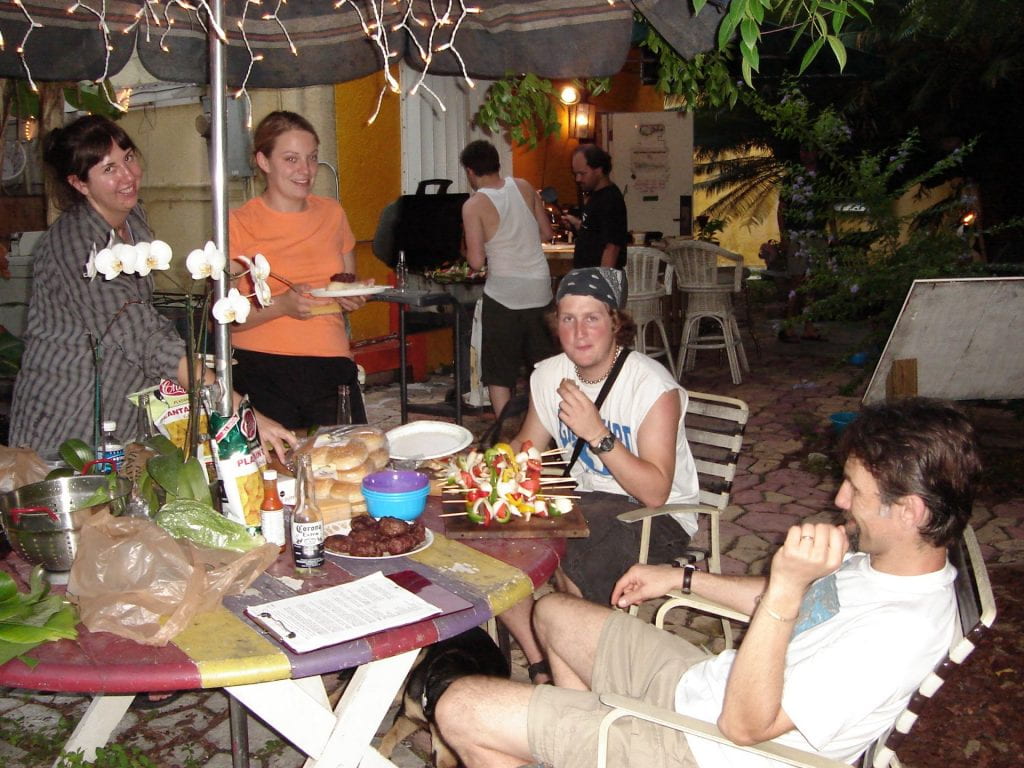
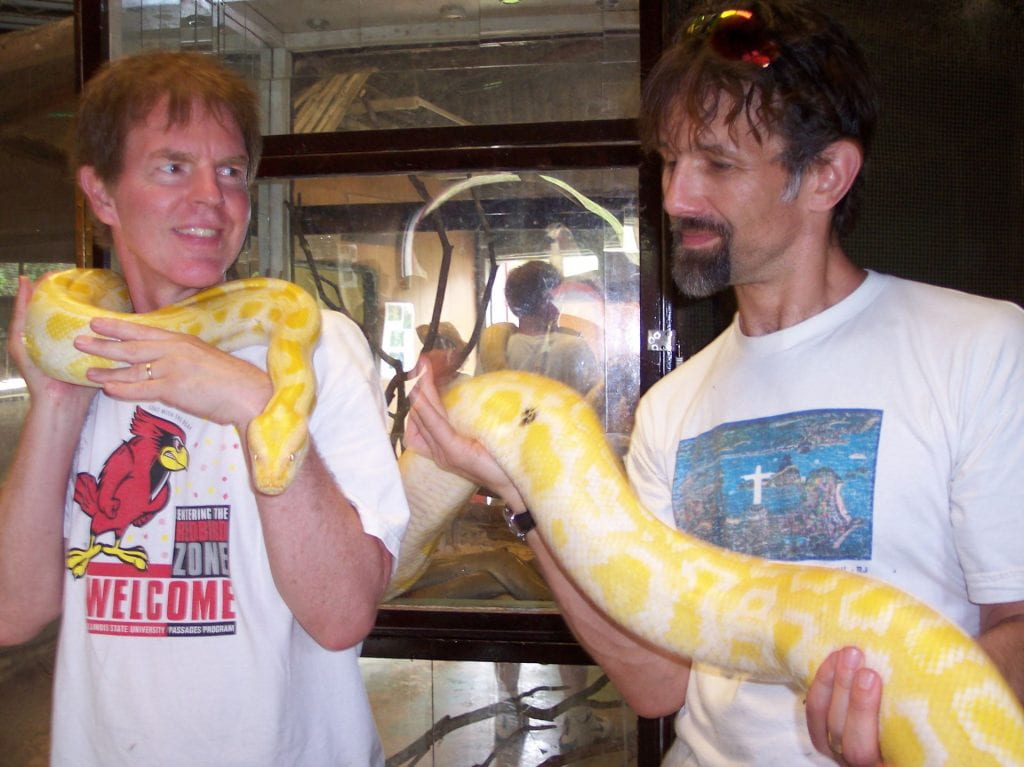

The Trail Lakes Menagerie includes very friendly birds. 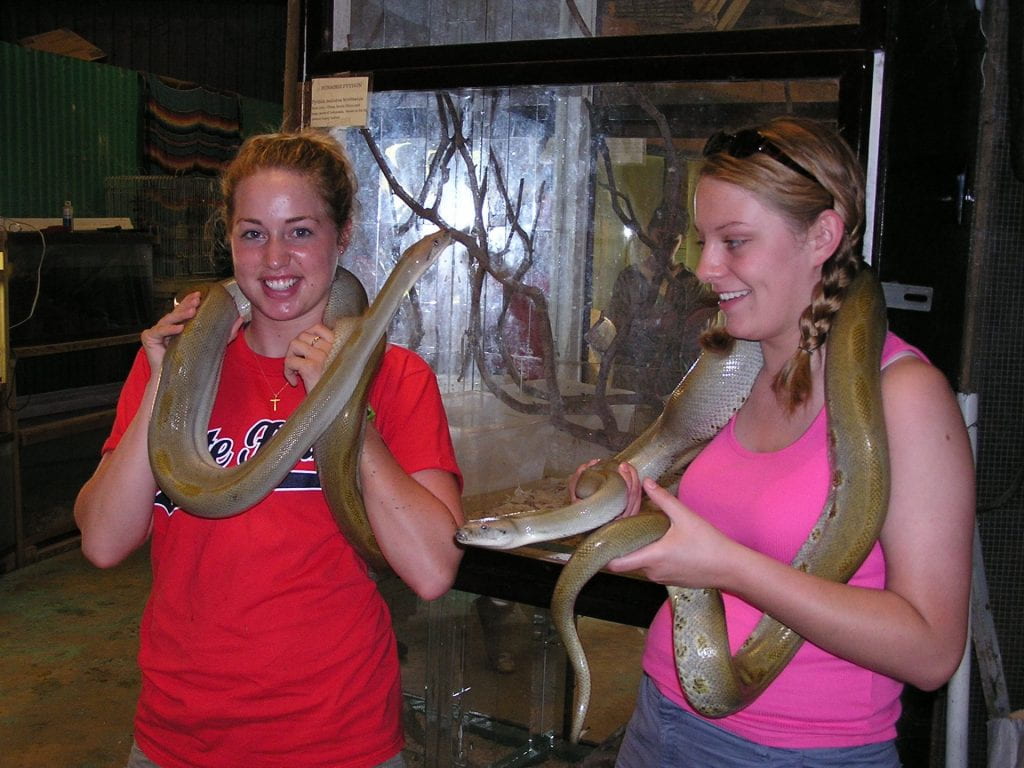
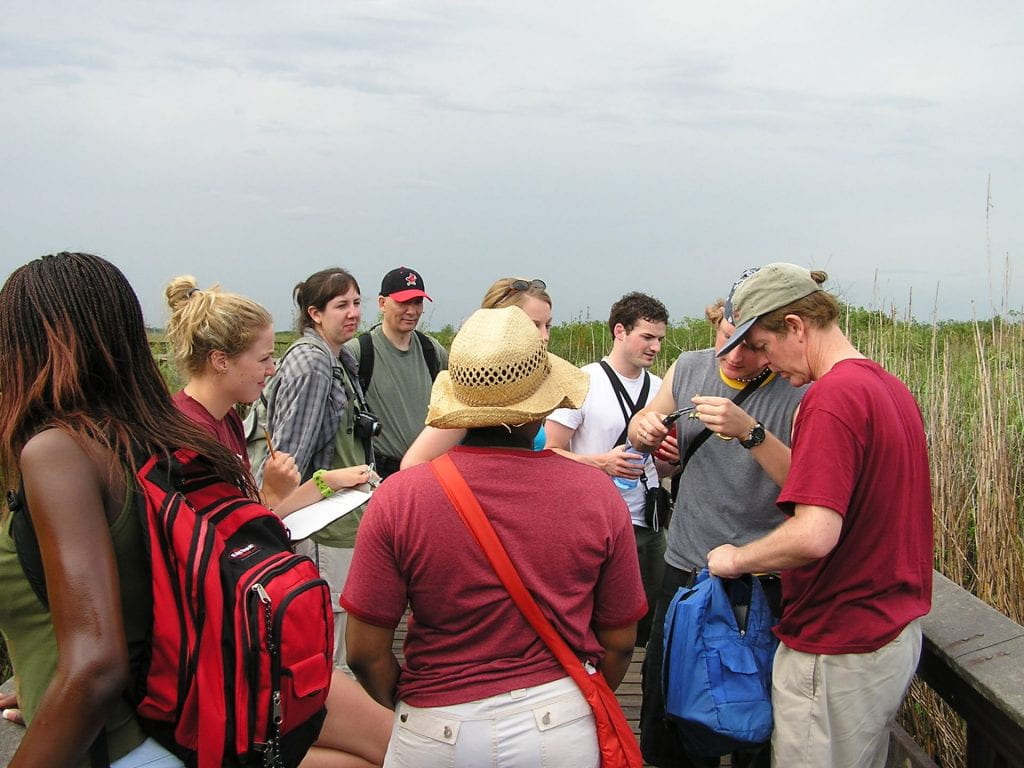


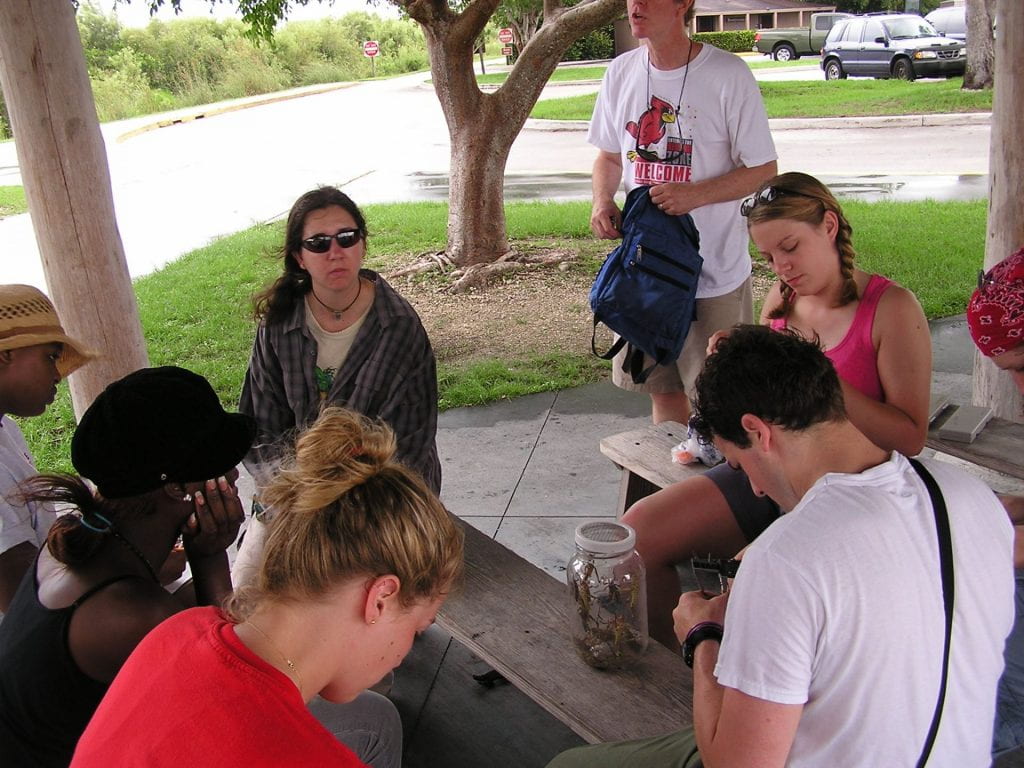


Map of the Everglades area. 
Til next time… 
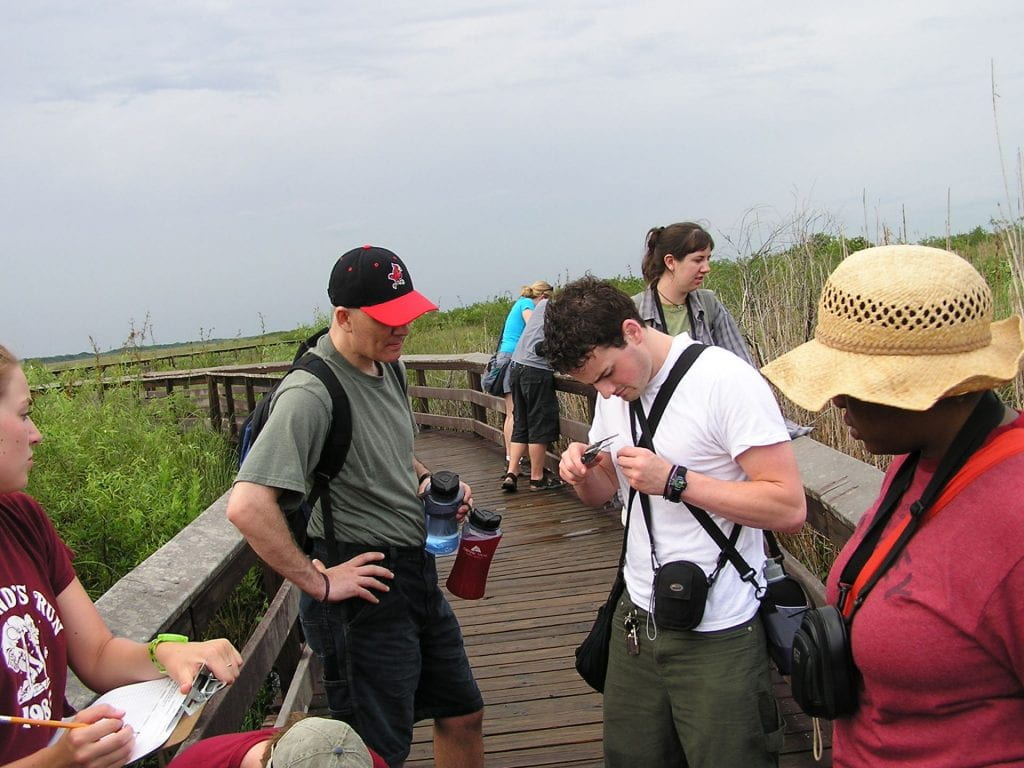



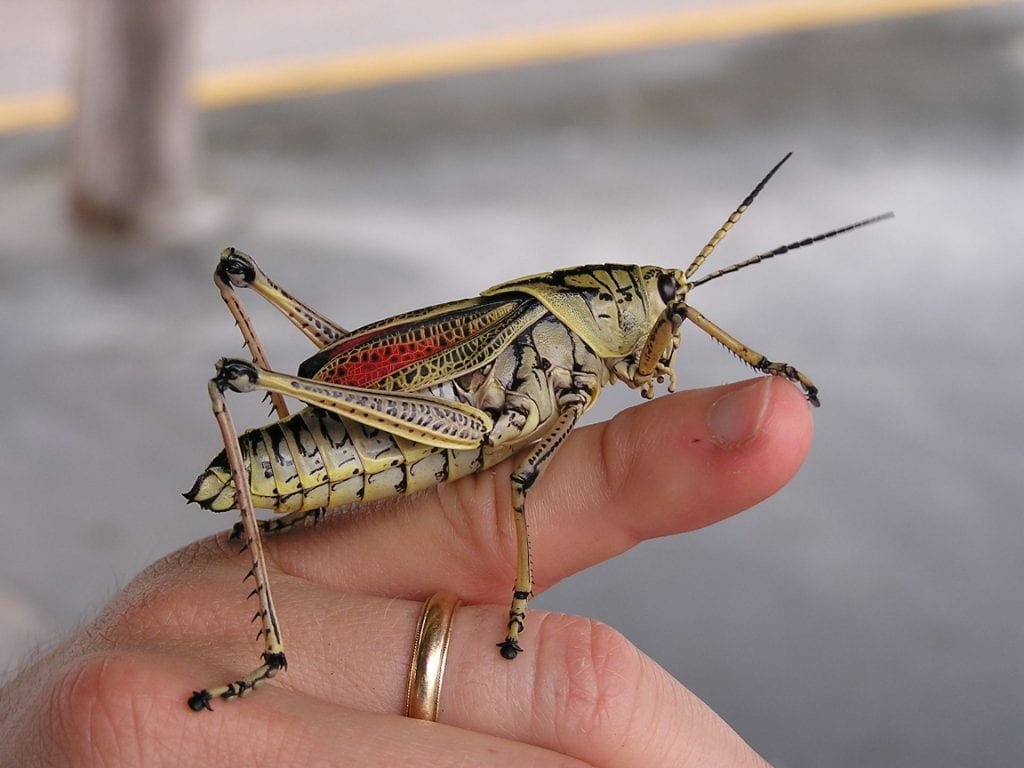
Publications resulting from past CRUI grants to this research group
- David W. Borst
- Steven A. Juliano
- Douglas W. Whitman (coming soon)
Links
- DARWIN (Data Analysis Resource With Interactive Navigation)-A useful tool for statistical modeling. Prepared by Olcay Akman